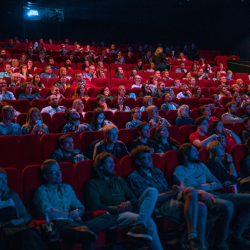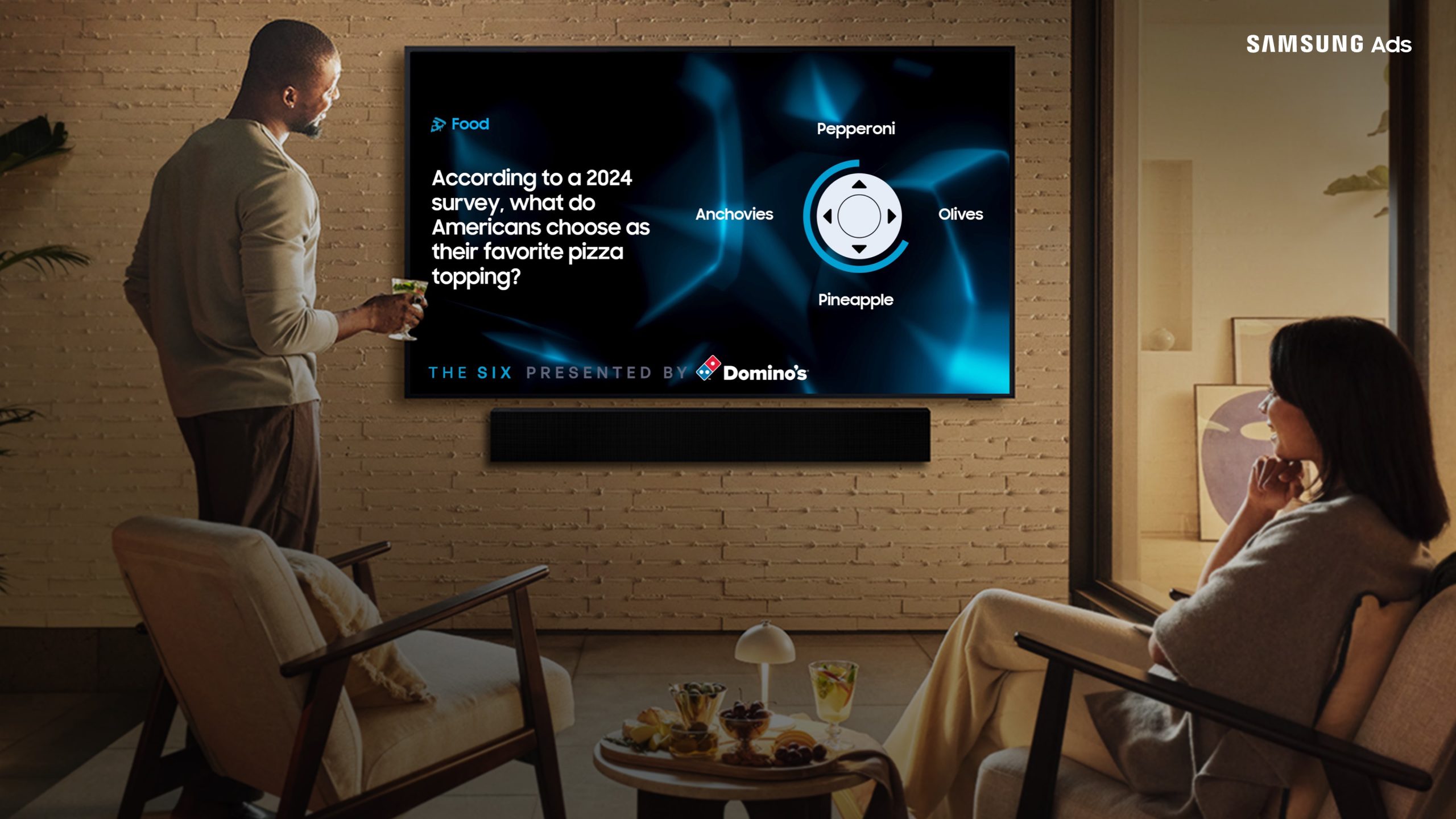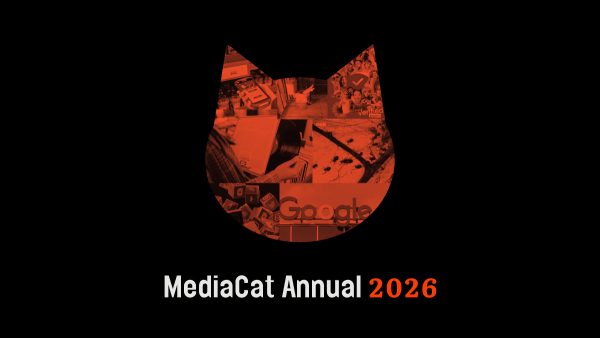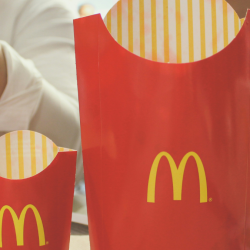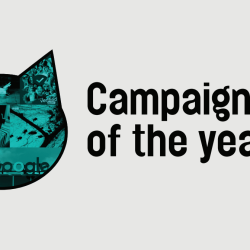Programmatic technologies have made ad placement efficient and accessible, but brands’ fear of advertising near news content has resulted in a drop in the average revenues of independent news publishers.
In recent months, this issue has gained urgency. Media groups, composed of prominent news publishers, such as The New York Times, CNN, and Reuters, have warned against the use of advertising blacklists to stop ads appearing next to certain kinds of news stories, expressing concern about future funding in the industry.
It’s time to reframe the conversation around advertising and news content to ensure the sustainability of a free open web and, ultimately, a free and informed society.
Misplaced concerns
Brand safety, as a guiding principle, has often been misapplied when it comes to news publishers. Through the advent of programmatic, brands wanted to ensure they were not advertising around content that would appear to be in ‘poor taste.’ For example, a car advertisement appearing alongside coverage of a car crash could be deemed inappropriate.
While such safeguards are reasonable in specific scenarios, the industry instead adopted blanket blocking of sensitive news content, creating detrimental consequences for publishers. The challenges of ensuring brand safety without undermining quality journalism demand innovative approaches.
AI-powered technology enables brands to advertise near news content without compromising values, by distinguishing between neutral-toned reporting on a crisis and sensationalised opinion pieces.
Research by WARC shows that even when ads sit adjacent to content that isn’t traditionally deemed brand safe — which is, typically, sensitive content — readers’ perception of brands remains unaffected. The study finds that these ads perform similarly to ads placed in traditionally safe environments, while also invoking equal purchase intent from audiences.
However, many advertisers still shy away from news environments, which can lead to an over-allocation of spend on low-quality content platforms or made-for-advertising (MFA) clickbait sites. In 2023, reports showed that 15% of global ad spend inadvertently supported MFA sites, which deliver higher impressions but lower engagement compared to legitimate news outlets. This perpetuates misinformation and also undermines publishers committed to producing factual and investigative reporting.
High-quality journalism is expensive — from investigative reporting to verified imagery, premium publishers invest heavily in maintaining standards that serve the public interest — so the implications are alarming. As advertising revenues dwindle, publishers either pivot to subscription models or downsize, jeopardising the public’s access to legitimate information.
AI for brand safety
Brands and publishers are increasingly using advanced contextual advertising tools to navigate sensitive environments, such as news content, while ensuring brand safety and suitability.
Contextual advertising tools like sentiment analysis can help brands ensure ad placements, protecting both the integrity of the content and the advertisers’ reputation. By collaborating with ad tech partners, brands can still engage with high-quality journalism while avoiding risky associations.
Pathways to sustainable models
To ensure the survival of quality journalism, advertisers and publishers must reimagine their partnerships. This involves embracing transparency, fostering trust in contextual ad technologies and educating stakeholders about the value of premium news environments.
Transparency begins with redefining how brand safety metrics are applied. Rather than relying on keyword-based exclusion, brands should embrace advertising around news, using sophisticated contextual tools to avoid clashes that are in poor taste.
Findings from Seedtag’s Global Publisher Summit suggested that publishers can collaborate locally to run A/B testing with brands, comparing results from news and non-news environments. Such initiatives can provide hard data on the benefits of advertising around high-quality news content.
Brands can also help reframe perceptions by clearly aligning their advertisements with journalism. For example, labelling ads with phrases like, ‘this ad supports premium journalism’, can enhance public trust and create positive brand associations. Research shows that audiences increasingly favour companies prioritising social responsibility — a trend advertisers can leverage to their advantage.
A collective responsibility
By supporting quality journalism, advertisers do more than secure impressions — they safeguard an informed public. At its core, the question is not whether hard news environments are safe for brands — which they inevitably are — but whether society can afford a future without a thriving free press. Industry-wide forums, such as those promoting contextual AI, provide opportunities to share knowledge and create industry standards that benefit all parties.
The challenges ahead demand collaboration. The survival of this press hinges on advertisers, publishers, and technology providers working together. Publishers must advocate for fairer ad deals, brands need to shift their risk-averse mindsets, and ad tech providers must innovate to balance precision with ethical concerns.
